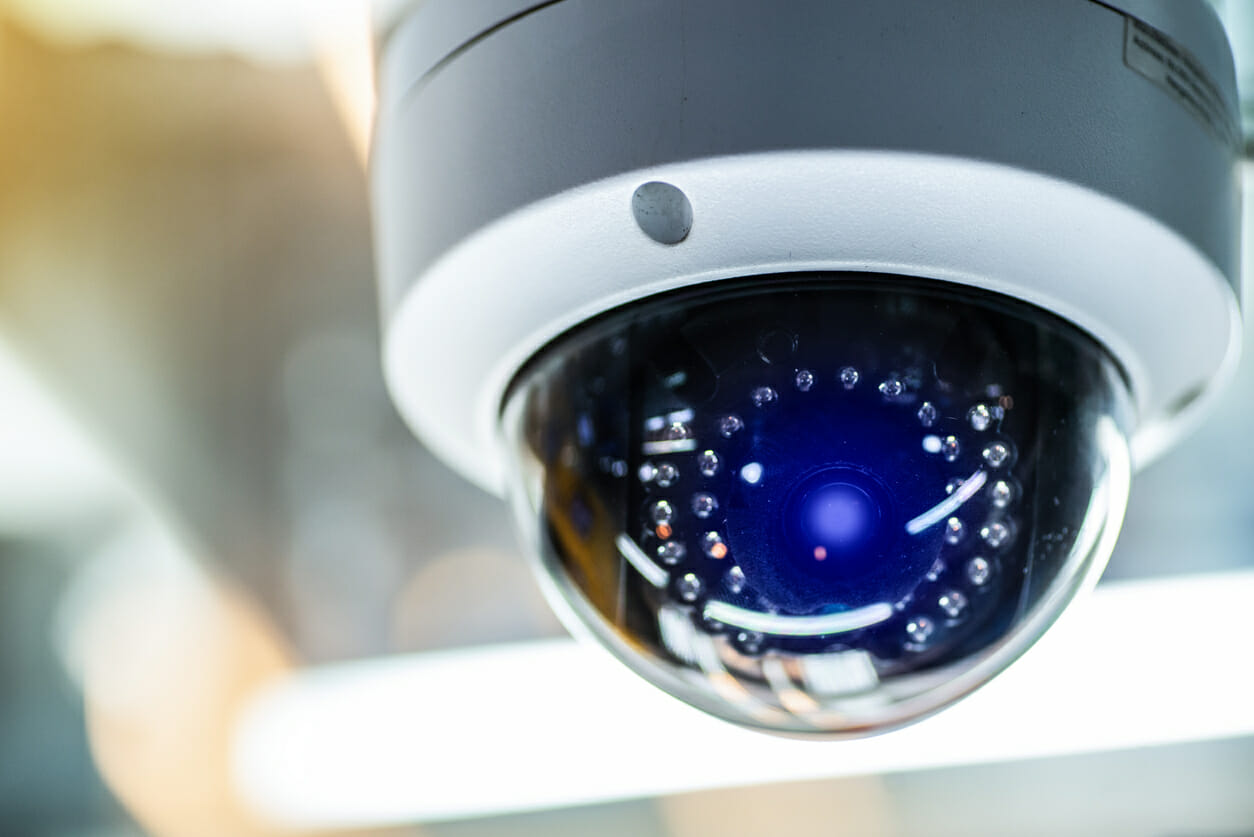Security camera systems in condominium communities create tension between safety priorities and resident privacy expectations. Many associations reference Penrith Floor Plans when planning surveillance installations to determine optimal camera placement that maximises security coverage while minimising intrusion into private spaces. This balance requires thoughtful policies and clear communication to ensure safety measures don’t overstep privacy boundaries.
Policy development
Comprehensive security camera policies help associations navigate potential conflicts before they arise. These policies typically outline permitted camera locations, retention periods for recorded footage, and access protocols that determine who can view recordings and under what circumstances. Many associations form dedicated committees with resident representation to draft these policies, ensuring diverse perspectives contribute to the final guidelines. Legal review ensures compliance with state-specific privacy laws that may restrict where cameras can be placed or how long footage can be retained.
Camera placement
Strategic camera positioning forms the foundation of privacy-conscious security systems in condominiums. Most communities focus on specific areas when installing surveillance equipment:
- Building entrances and exits
- Parking facilities and garage access points
- Amenity areas such as pools and community rooms
- Package delivery areas and mail rooms
Camera installation avoids direct views into unit windows, private balconies, or areas with reasonable privacy expectations. Professional security consultants often recommend angling cameras to cover public walkways while excluding private areas, even if this creates minor gaps in coverage.
Access controls
Strict protocols governing security footage access help prevent privacy abuses while maintaining security benefits. Most associations limit viewing authorisation to board members, property managers, or contracted security personnel who have signed confidentiality agreements. Some communities require dual authorisation, meaning two authorised individuals must approve footage access except in emergencies. Detailed access logs record who viewed footage, when they accessed it, and their stated purpose, creating accountability for proper system use.
Resident communication
Clear dialogue about security camera systems helps reduce privacy concerns through transparency and education. Effective associations provide comprehensive information to all community members:
- Camera locations and coverage areas
- Retention policies for recorded footage
- Specific security objectives each camera addresses
- Privacy safeguards built into the system
- Incident reporting procedures
Regular updates inform residents about system changes or upgrades that might affect privacy considerations. Many associations include security system information in new resident welcome packages, ensuring everyone understands the protections and limitations of community surveillance systems.
Legal considerations
Condominium security systems must navigate various laws that affect surveillance practices and privacy protections. Federal legislation generally permits recording in public spaces without consent, but state and local regulations often impose additional restrictions that associations must follow. Audio recording typically faces stricter regulation than video alone, with many states requiring consent from all parties being recorded. Camera placement in sensitive areas like pools or fitness centres requires special consideration to avoid potential liability for privacy invasions. This assessment helps you make a smarter investment and ensures your future home receives the care it deserves for years. It is good to have proper knowledge of these facts.

